Online exhibition is considered one of the powerful applications of science and technology in museum activities, but to go the long way, we must consider solutions from today.
Transforming with the pace of life 4.0
Online exhibition or virtual exhibition, virtual museum is a form of exhibition based on an online platform, allowing viewers to access the exhibition through smart devices such as: smartphones, computers, tablets, VR devices (virtual reality)... One of the first museums in the world , the Louvre Museum in France offers free admission for visitors through virtual reality screens with many different themes such as: The Adventure of the Artist exhibition, Egyptian antiquities Galerie d'Apollon.
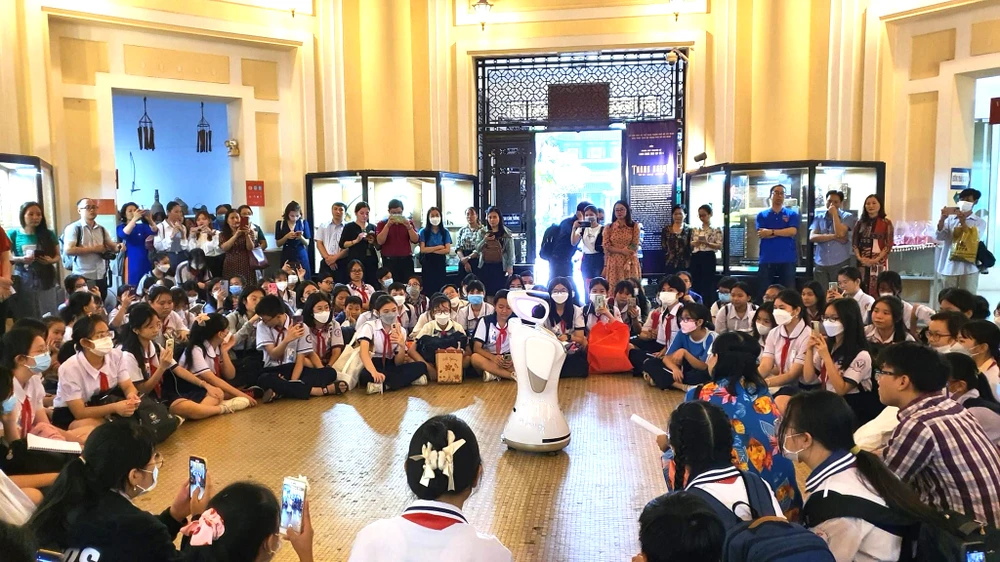
According to many heritage experts, for modern museums, virtual exhibitions are the optimal technological solution for communicating the value of heritage, improving the relationship between museums and the public, and bringing exhibitions to visitors in a convenient and diverse way. Online exhibitions also help museums solve the problem of exhibition locations and can manage exhibition locations anywhere, while visitors at any location and time can access the exhibitions, thereby spreading the museum's activities to the public. On the other hand, virtual exhibitions also have the ability to overcome the problems of capacity limitations, artifacts, and exhibition space limitations of a traditional exhibition. Converting topics that have stopped serving at the museum into online topics also helps to continue promoting the effectiveness of these exhibitions, giving visitors more opportunities to access valuable resources.
In Ho Chi Minh City, a number of public museums have almost deployed online exhibitions, developing the "virtual museum" model such as: Ho Chi Minh City Museum with 32 3D digitized artifacts, 7 automatic online tours; Ho Chi Minh City Museum of History with the project "3D/360 Smart Interactive Museum" with 9 automatic online tours; the 3D/360 interactive model is also deployed at the Southern Women's Museum with 5 automatic online tours...
Improve display quality and human resources
Technology is convenient, but it also comes with many challenges in the transformation process in today's museums. It is not simply a matter of technology, but the most important thing is still people and the quality of the displayed content. According to Associate Professor, Dr. Nguyen Van Huy, Director of the Center for Heritage of Vietnamese Scientists , Director of the Nguyen Van Huyen Museum: "Technology, science and art are three important factors that create a modern museum. However, to build, maintain and develop, the most important factor is people".
In the trend of innovation in exhibition activities in museums, technology alone is not enough to fully exploit the museum's capabilities and the value of heritage. Applying technology and finding a model suitable for the museum's content is not an easy problem, because technology will develop continuously but the content put into it remains stagnant, it cannot create momentum for the museum to promote its strengths. The cost of investing in technology, digitizing the museum, operating and maintaining service equipment and the resulting efficiency are also very important issues. Applying modern technology to exhibition activities today is no longer as difficult as before, but applying it effectively to the actual conditions of each museum is not simple. If not handled well, it is easy to lead to a "phase difference" between investment costs and efficiency.
The lesson from the Abraham Lincoln General Library Museum (USA) can be considered the most specific evidence of the "phase difference" situation. This museum spent tens of millions of dollars to apply technologies to digitize artifacts, display 3D holograms or direct interaction technology using mobile devices to enhance the experience for visitors. However, this investment did not bring the expected results when for 5 consecutive years, the number of visitors to the museum continued to "plummet". The number of visitors to the theater section of this museum alone decreased by 65% despite the application of hologram projection technology.
It can be seen that for each museum, identity and inherent appeal are the key factors. If the exhibition content is not invested in attractively, whether it is modern technology or leading media, museums will find it difficult to build a sustainable development journey.
The Vietnam Fine Arts Museum is one of the first museums in the country to research and apply multimedia explanations - iMuseum VFA. With just a mobile phone or tablet with internet connection, visitors can freely explore 165 typical works on the museum's system anytime and anywhere in the world.
RED SUNFLOWER
Source






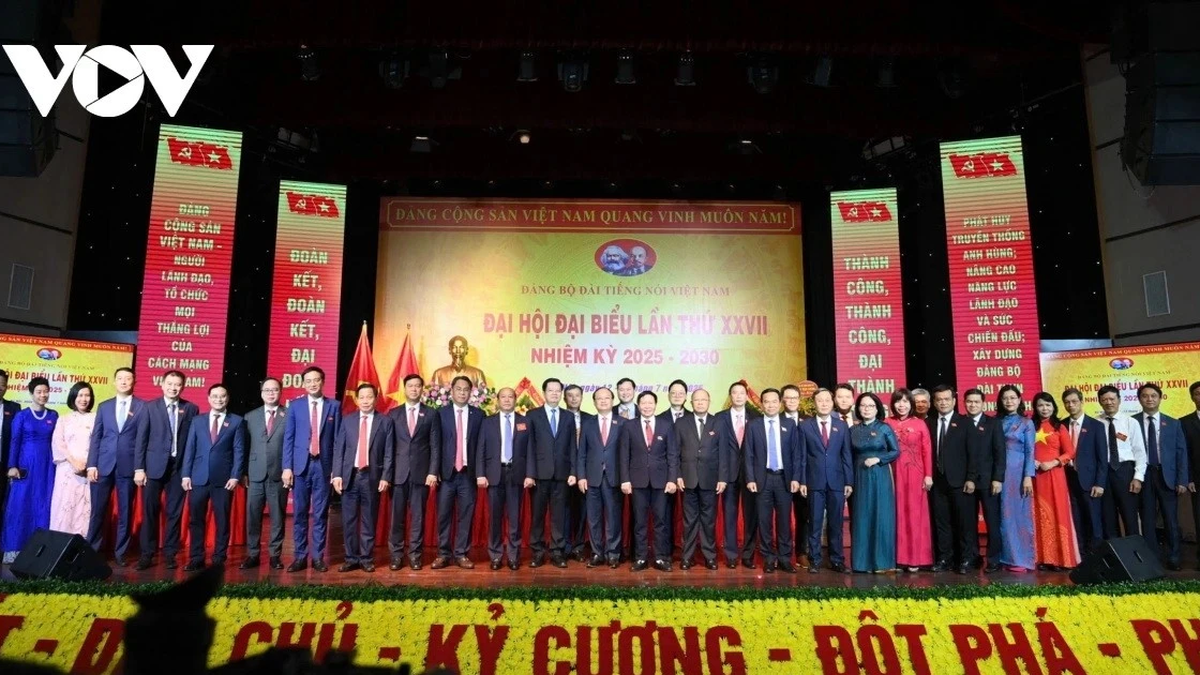
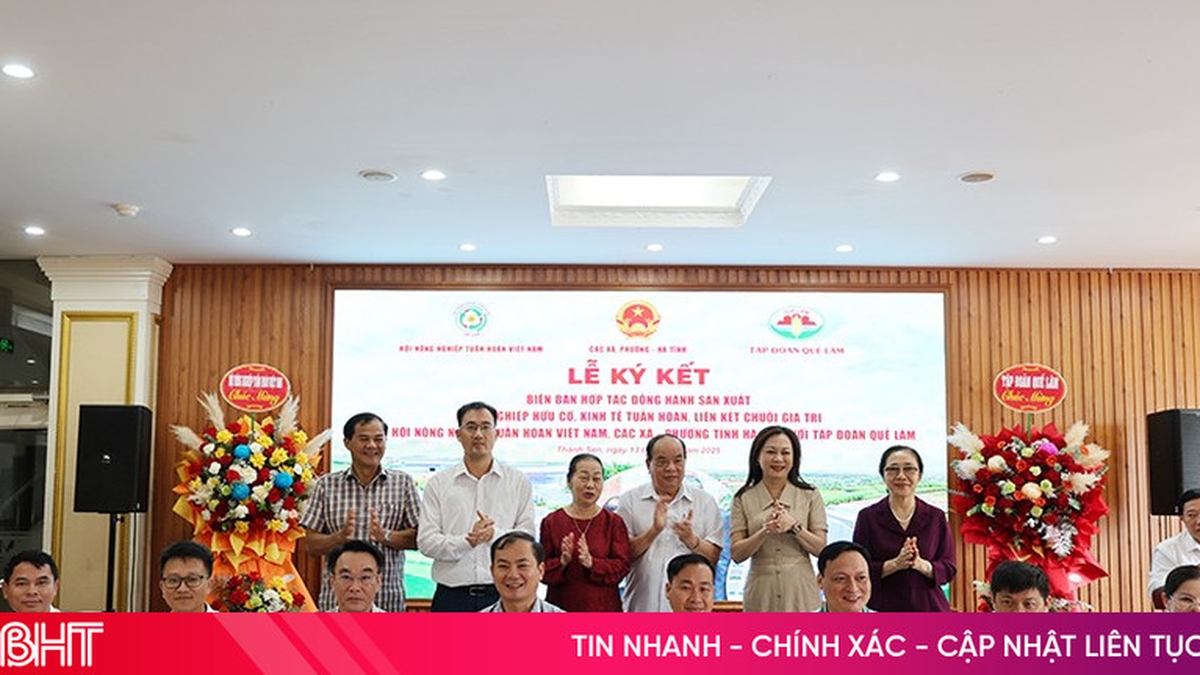














































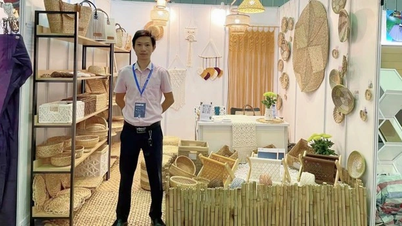










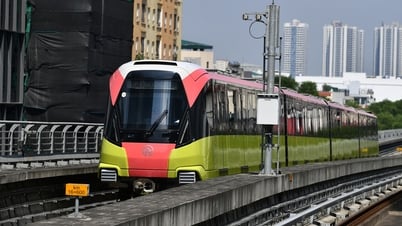




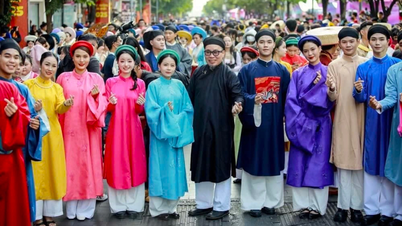







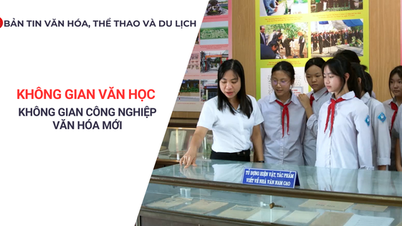























Comment (0)